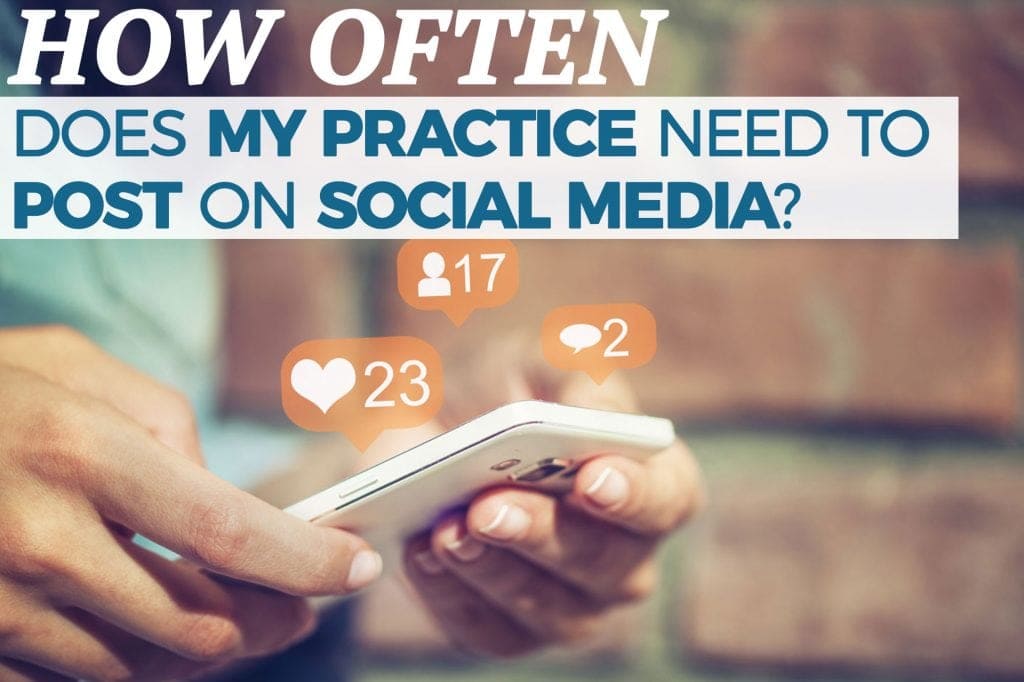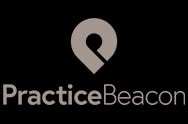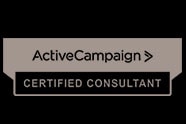Although the issue of how often to post on social media may sound like a simple one, it can be rather complicated for many reasons. Not maintaining an active/regular presence on social media sites can discourage customers from following you or re-visiting your site; it may even motivate them to check out your competition.
On the other hand, posting too often will overwhelm or turn off some people; they may even unfollow you if you seem too pushy or desperate for attention.
How often should you post? Rather than guessing, consider consulting the experts; this includes reading articles on the topic. Also, consider the results of studies conducted on this rather important topic.
WHAT HAVE WE LEARNED FROM SOME OF THESE STUDIES?
In analyzing data obtained from researchers of major social networking sites like Twitter, Facebook, Instagram, Google+, and LinkedIn, this is what we’ve learned about how often to post at each of these sites:
For Facebook:
–Only businesses with more than 10,000 followers experienced increased response/clicks after increasing the number of postings per week; businesses with smaller numbers did not see an improvement of responses based on their having increased their postings. In fact, some businesses saw a reduction in clicks after increasing the number of postings.
–Businesses that posted merely 1 to 5 instances per month, however, did see improved responses after increasing their number of postings.
–Increased postings by businesses (including healthcare facilities/practices) on Facebook may not help at all since, according to their algorithm, postings from family & friends are automatically prioritized.
–Since more than 1 posting per day generally indicated negative or counterproductive results, it’s recommended that you stick to 1 posting per day or 5 to7 per week.
For Twitter:
–Since the typical lifetime for tweets is about 18 minutes, in very little time your tweet is relegated out of the limelight; for this and other reasons, posting multiple tweets is not only okay but probably productive, provided that the tweets are fresh, relevant & worth paying attention to.
–The relatively high turnover rates of tweets, though, means that you really have to keep tweeting regularly to be heard “loudly”; consider using special apps, services or programs that will keep tweeting for you automatically—but you may still have to personally select or compose your tweets.
–Some experts opine that after 5 tweets per day, attention begins to drop for your tweets. In general, one to five tweets per day are best if you want more intense engagement for individual tweets; if, however, you just want unlimited, incremental attention, then tweet away unlimitedly, if you can fit in such a schedule.
For Instagram:
—Since it’s so heavily dependent on visuals, this site presents a unique challenge for users. Supposedly, though, even the big guys only post one and a half times per day. Small operations are okay with 1 to 2 photos per day; larger outfits may splurge into the 3 to 4 categories, though it may not be necessary. Herein, consistency is more important than quantity.
For LinkedIn:
—One post per business day seems to work out well; in fact, posting on weekends for this site seems counterproductive or unnecessary. This site is ideal for practical industry topics/news, not so much for “social” postings.
For Google+:
—Although the site is credited for hosting four to six million regularly-posting users, this site may be helpful in improving SEO standing/value. This site may not give you the return for you trouble/time as, say, Facebook, but try experimenting with 1 to 8 postings per week and see what works best for you.
GENERAL GUIDELINES, CAVEATS & BEST PRACTICES
Although in the business world it’s often better to go with generally accepted wisdom/best practices, when it comes to social media, it may come to what is best for your particular practice, your unique goals and what type of response you ultimately get for your efforts. Here are some other tidbits of wisdom to consider:
–Take a predicting, measuring & repeating approach.
–Don’t be afraid to openly & aggressively experiment. Use spreadsheets to keep track of things. Use data analytics to determine whether you should increase postings, reduce them or keep them at present levels.
–More importantly than how many times you post is making sure that your posts are entertaining, useful, and engaging to the readers; the quality of your postings, in other words, is the key consideration.
–Mix up interestingly your postings—in other words, don’t keep posting essentially the same, boring & overly-salesy things.
–As to how to know what to post each week on a consecutive basis, use the crumbs of wisdom under the acronym “DISCUSSION”:
- Direct announcements: upcoming holiday business hours, staff changes, new services to be provided, etc.
- Intriguing comments, questions & jokes: fun things to delve into, for a change.
- Super traffic motivators/inducers: big events/news or links to eye-opening blogs/articles.
- Credibility-building posts: testimonials, generalized treatment success stories, welcoming a new staff member, etc.
- Unique & inspiring quoted remarks: people in the news, cute but useful comments from staff members, impromptu comments from kids, etc.
- “Sage” type of wisdom: more quotes from famous living or historically-important health experts, wisdom from best-selling health books, etc.
- Stellar resourcing tools: things that people are likely to need, even if they have to link to it—including, calorie-count calculators, community events, study results with important revelations—things that add credibility to your site and offer practical help/guidance to visitors.
- Images of staff members being human/doing their jobs, as well as patients being helped.
- Offers for visitors & patients: special discounts, new products/services, etc.
- News events/announcements: for the industry, your practice, etc.
CONCLUSION
Although there may be health care providers that still don’t get how important social media has become, it’s safe to say that most healthcare professionals want to improve their presence/ratings at social media settings. Of course, this is easier said than done.
In fact, even healthcare professionals that seem to be faring best in these venues will admit that there is no one-size-fits-all formula anyone can follow. For the most part, it’s a trial-&-error proposition—the one all-abiding truth, though, is that not trying at all is a formula for disaster, in the long run.










